restoration of the northeastern gate and reshaping of the surrounding space
restoration of gate 12
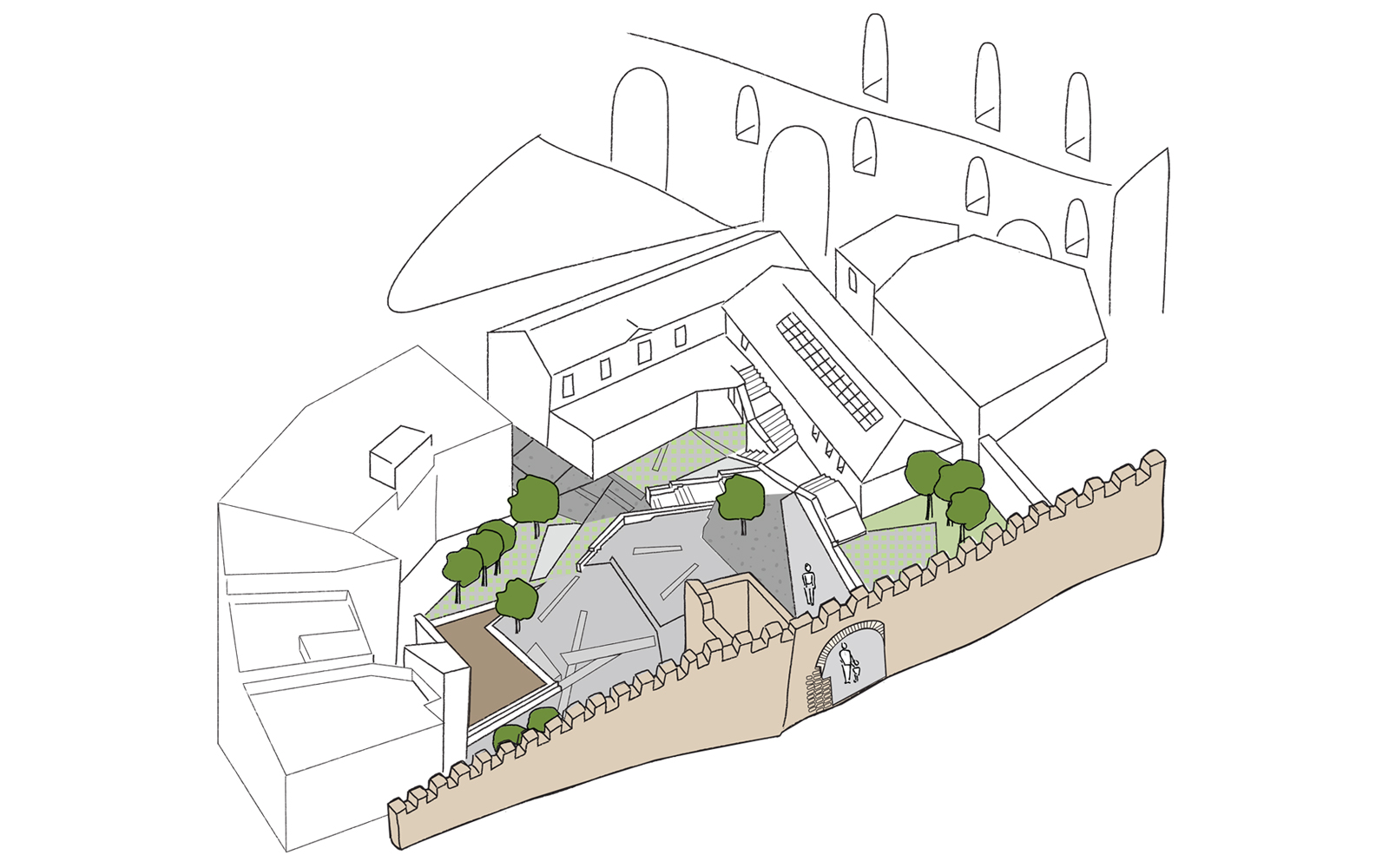
description
The successive historical periods of the city of Kavala are primarily imprinted on its defense system. The fortification of Kavala features three main construction phases: the ancient, the Byzantine, and the Ottoman, which is the dominant one up to this day. It consists of an external wall which rises on the steep coastline, an interior one delimiting the acropolis, and a third one which fortifies the lower town.
The fortification of the lower town formed an irregular quadrilateral. Starting at G1, the main gate of the Byzantine town (located on today’s Th. Poulidi Street), it descended to the plain section, on a course parallel to the coastline; then it crossed today’s Kountouriotou Street, continuing along today’s Ydras Street, until it reached the eastern section of Eleftherias Square; then it turned northwest, along today’s Doiranis Street and it ascended, on a northeast direction, to the peninsula, enclosing an area of 4 hectares.
A section of 190 meters long is preserved from the fortification of the lower town. The rest was gradually demolished after 1930 in favor of the construction of modern buildings and the main roads of the modern city center. Out of the remaining 190 meters, 45 are located within the Krei plot. That section incorporates the specific gate (G12), on which this restoration project focuses.
Part of this project is also the reshaping of the area outside the fortification and within the plot by constructing inclined surfaces, green areas and placing information panels.
The existence of the gate was not known, until it was revealed during a conservation project that took place during the programming period 2007-2013. It was given the number 12 following the counting system of Kavala’s latest fortification map.
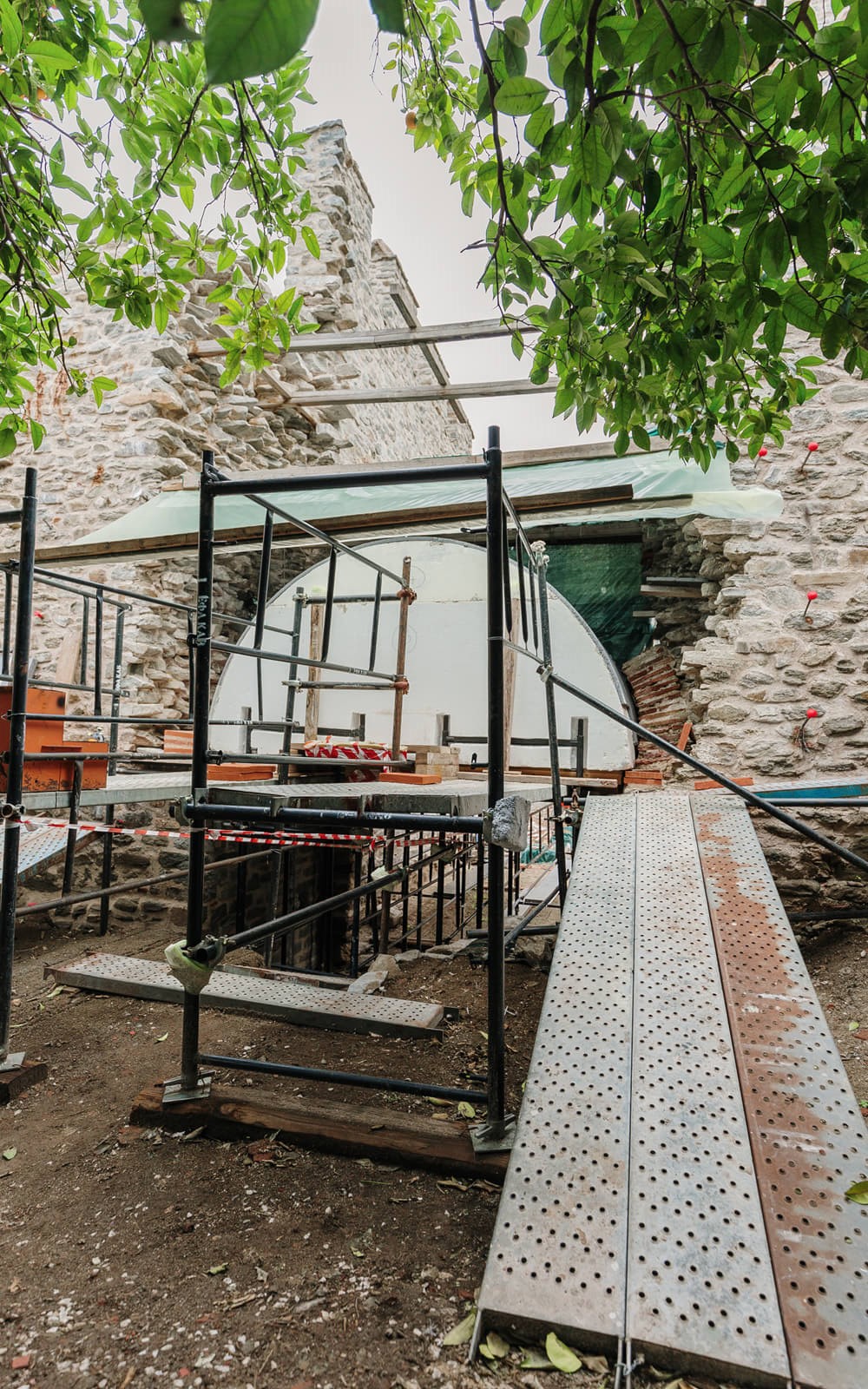
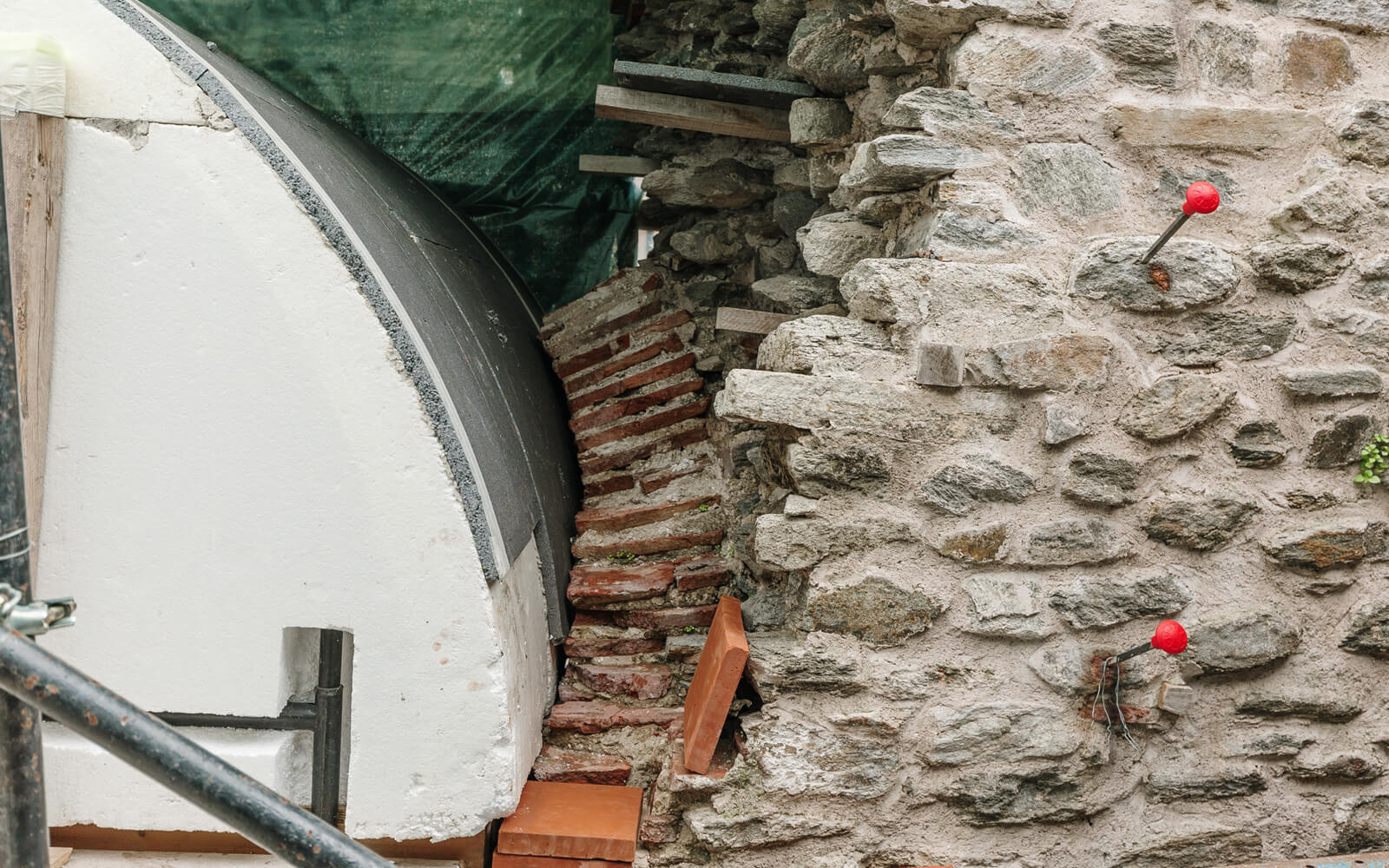
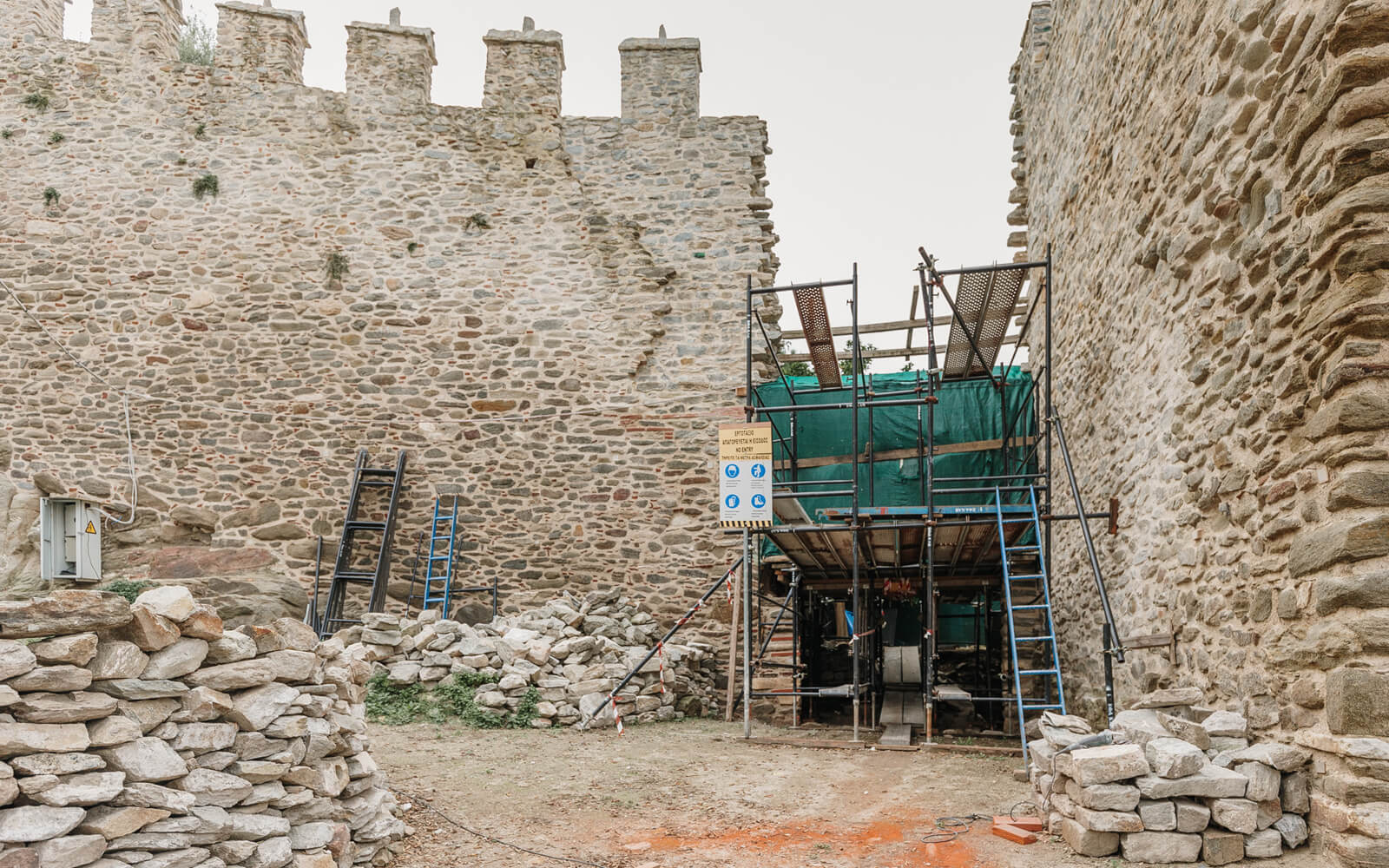
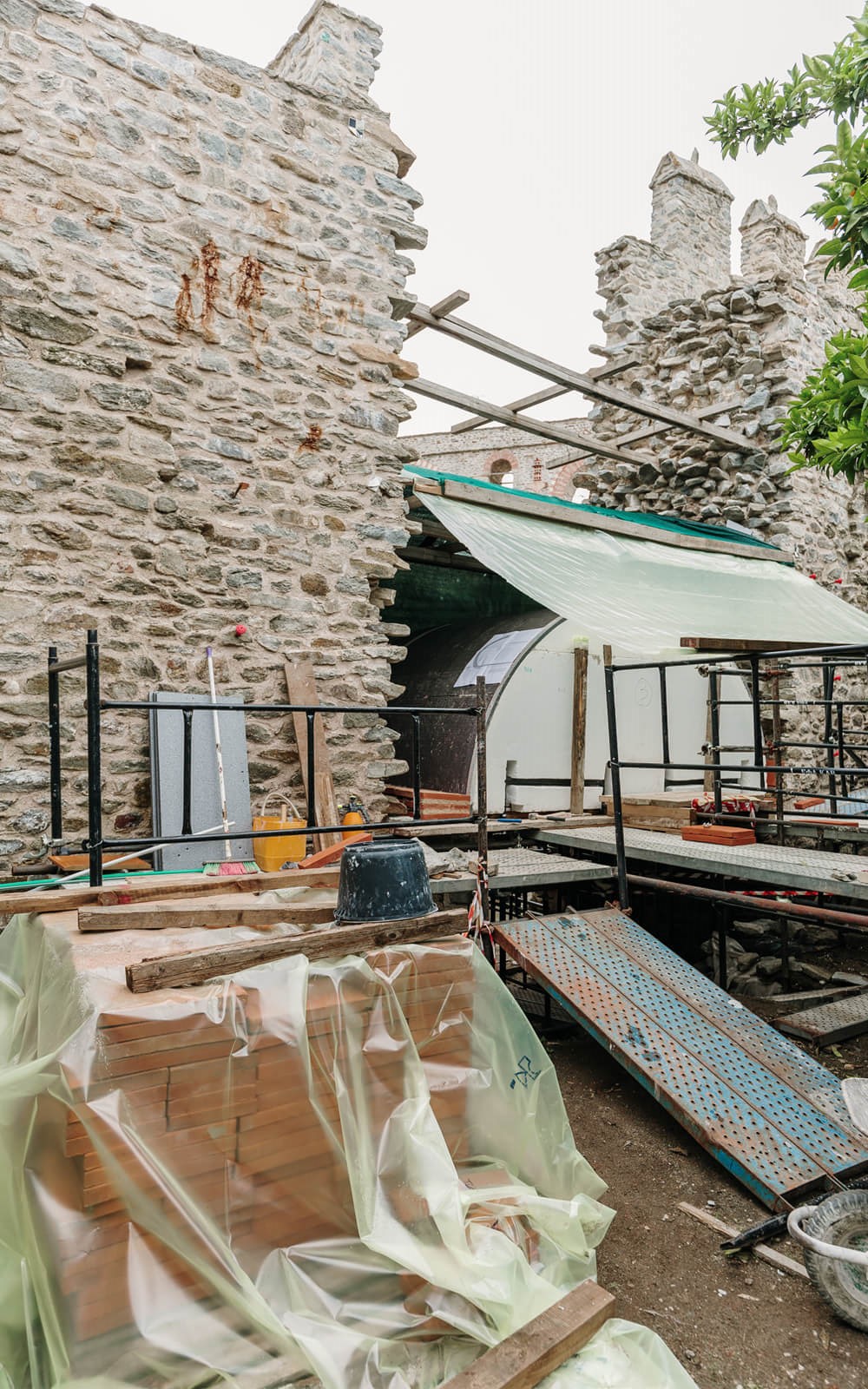
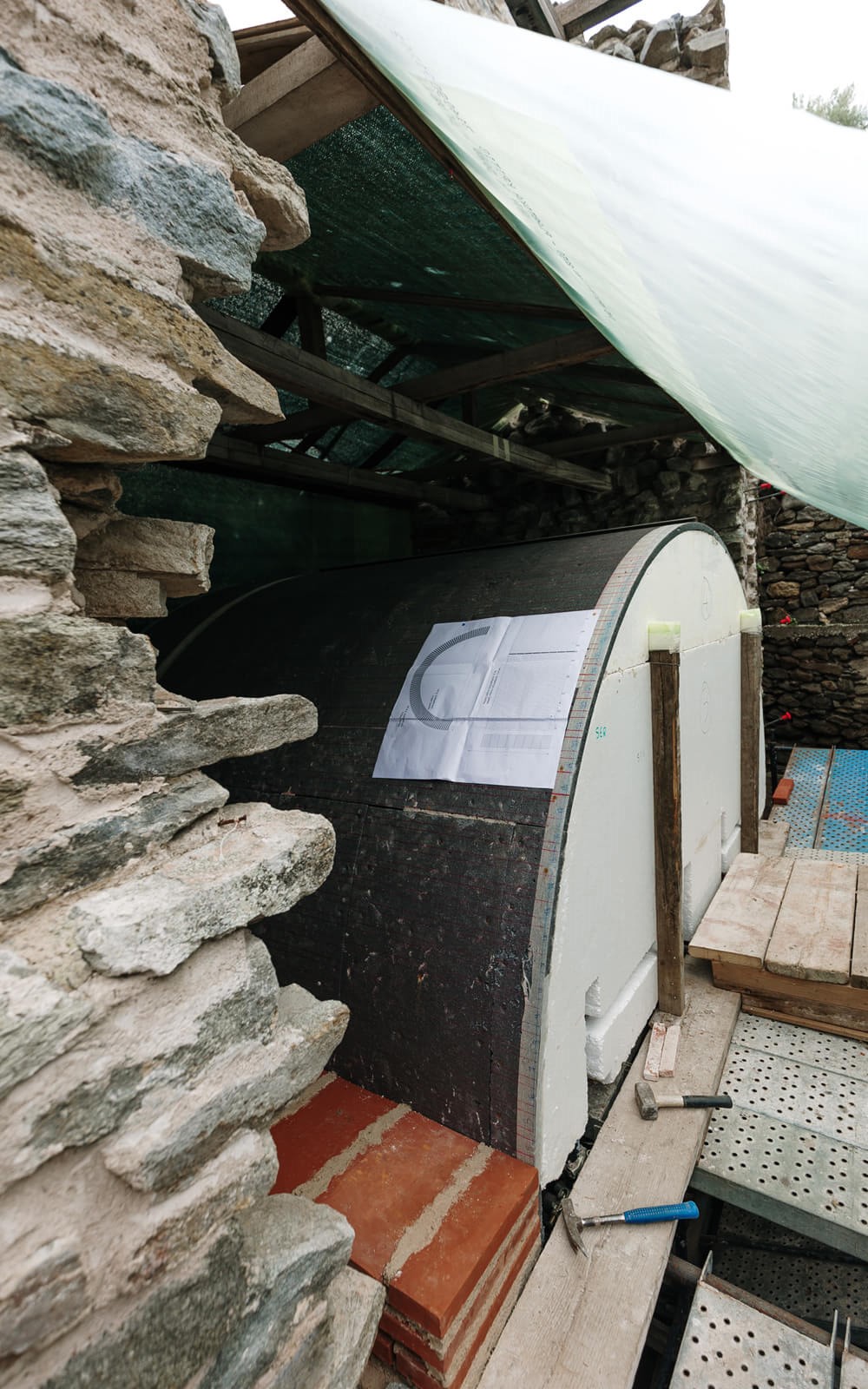
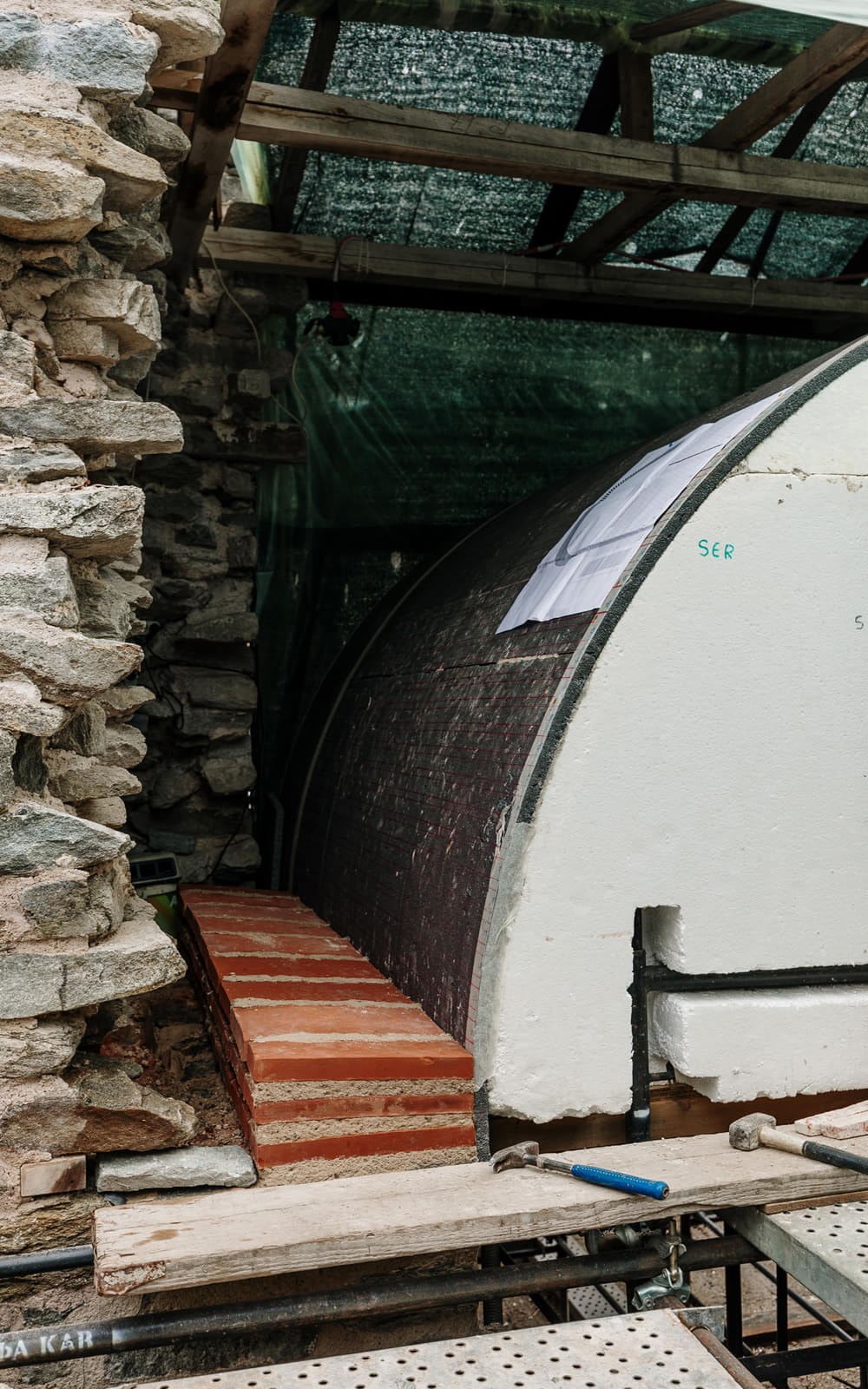
expected benefits
- Upgrading quality of life in the city by promoting the cultural landscape and preserving cultural heritage.
- Enhancing the tourist sector, as the concerned gate, along with the Aqueduct, the Fortress, and the Sea Wall, will form a complex of archaeological monuments. It is, therefore, expected to attract visitors and to contribute decisively in boosting tourist interest.
- Creating direct and indirect benefits for the inhabitants of the area with the implementation of the works (personnel hiring, work assignment), the project’s expenditures (material and equipment supply), and the improvement of the residential area.
- Reuse of the surrounding space of the gate (G12) as a cultural activities venue.